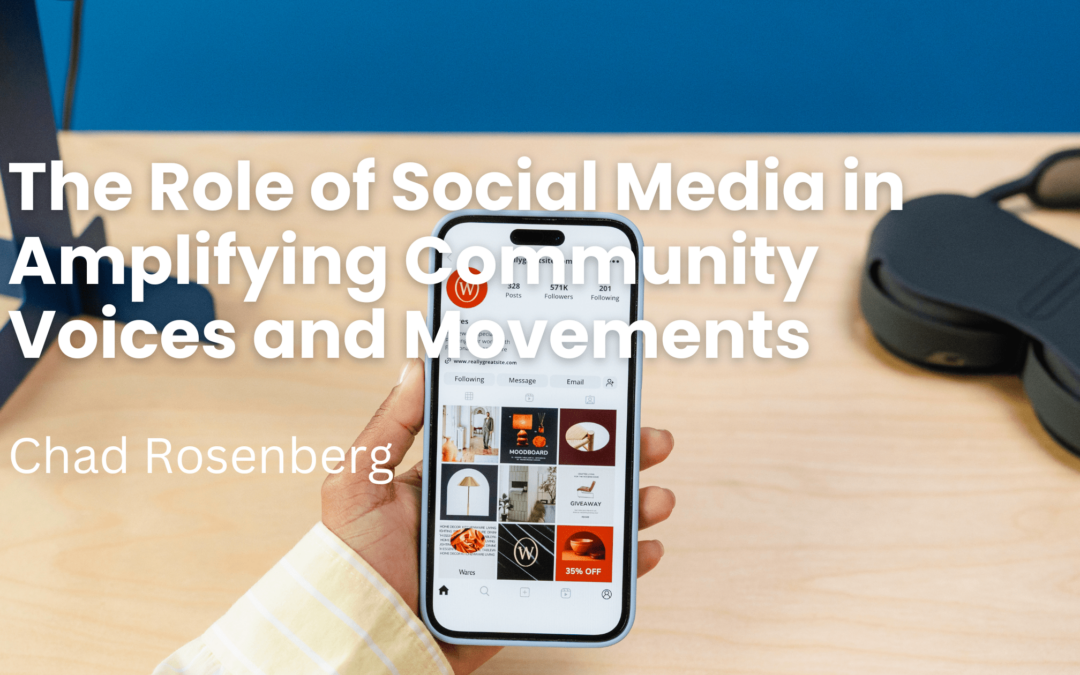In today’s digital age, social media has emerged as a powerful tool for amplifying community voices and movements. Platforms like Twitter, Instagram, Facebook, and TikTok have become vital spaces where individuals and communities can raise awareness, share stories, and mobilize for social change. From grassroots activism to global movements, social media has revolutionized how communities engage with important issues, challenge systems of power, and advocate for change.
- Giving a Platform to Underrepresented Communities
Social media has democratized communication, allowing marginalized and underrepresented communities to share their voices with the world. In the past, access to media outlets was often limited to those with power, wealth, or connections. Today, anyone with an internet connection can share their perspective, tell their story, and engage with a global audience. Whether it’s Indigenous groups advocating for land rights, racial justice activists fighting against systemic inequality, or LGBTQ+ individuals demanding acceptance, social media provides a platform for voices that may have otherwise been silenced.
- Raising Awareness and Educating the Public
Social media enables rapid dissemination of information, helping movements reach large audiences quickly. Activists can share real-time updates, articles, videos, and infographics to inform the public about important issues, events, or injustices. Hashtags like #BlackLivesMatter and #MeToo have sparked widespread discussions, educating people on issues such as racial discrimination and sexual harassment. By making information accessible, social media fosters a more informed public that is ready to take action in support of social causes.
- Building Community and Solidarity
One of the most powerful aspects of social media is its ability to connect people across geographical boundaries. Movements can thrive online by building virtual communities of individuals who share common values or goals. Social media provides a sense of solidarity, where people can support each other, exchange ideas, and collaborate on campaigns. For example, environmental activists around the world are able to organize through platforms like Twitter, urging policymakers to take action on climate change. This sense of digital unity strengthens movements and provides a space for people to feel connected to a larger cause.
- Mobilizing Action and Creating Change
Social media has proven to be a key tool in organizing protests, fundraisers, and campaigns that drive real-world change. With a single post, activists can rally thousands of people for a cause, creating momentum for action. The Arab Spring, Occupy Wall Street, and the global climate strikes led by Greta Thunberg are just a few examples of how social media can be used to organize and mobilize communities. Social media allows movements to transcend traditional barriers, making it easier to unite people around common causes and push for political, social, and environmental changes.

